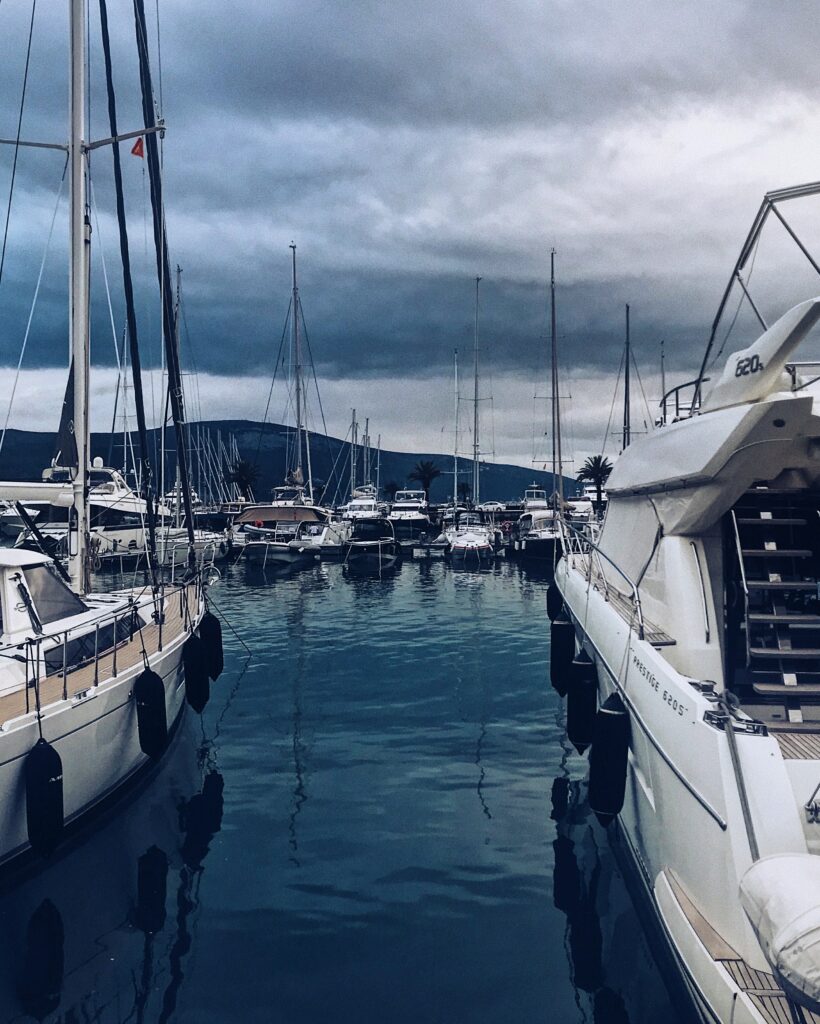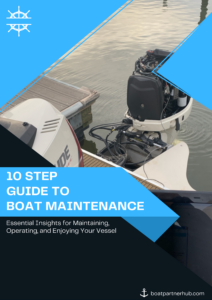Blog
How to Dock a Boat: Expert Tips and Techniques for Safe and Smooth Maneuvering

How to Dock a Boat: Expert Tips and Techniques for Safe and Smooth Maneuvering – Mastering the Art of Boat Docking with Confidence
Docking a boat can be a nerve-wracking experience for both seasoned boaters and beginners. It requires precision, situational awareness, and the right techniques to ensure a safe and smooth docking process. Whether you’re docking in a crowded marina or navigating tight spaces, mastering the art of boat docking is essential for every boater. This article provides expert tips and techniques to help you dock your boat like a pro, minimizing stress and potential mishaps during the docking process.
1. Approach at a Controlled Speed
As you approach the dock, reduce your boat’s speed to a controlled crawl. Slow and steady is the key to maintaining control during the docking procedure. Avoid high-speed approaches, as they can lead to loss of control and potential damage to your boat and the dock.
2. Consider Wind and Current
Take note of the wind direction and current before attempting to dock. These environmental factors can significantly affect your boat’s maneuverability. Approach the dock against the wind or current, if possible, to gain better control over your boat’s movement.
3. Use Fenders and Dock Lines
Deploy fenders on the side of your boat that will come in contact with the dock. Fenders act as buffers, preventing damage to both your boat and the dock during the docking process. Have dock lines ready to secure your boat to the dock promptly.
4. Use the “Bow into the Wind” Technique
A popular docking technique is the “bow into the wind” approach. Face the bow of your boat into the wind or current and use short bursts of reverse throttle to slow your forward momentum. This technique allows for better control and precision when approaching the dock.
5. Utilize a Spring Line
A spring line is a dock line that runs diagonally from your boat to a cleat on the dock. It is an invaluable tool for controlling your boat’s movement while docking. By adjusting the tension on the spring line, you can guide your boat’s bow or stern closer to the dock as needed.
6. Practice in Different Conditions
Docking can vary significantly based on weather conditions, currents, and types of docks. Practice docking your boat in various conditions to build confidence and enhance your skills. Consider enrolling in docking courses or seeking guidance from experienced boaters.
FAQs (Frequently Asked Questions)
Q1: Is docking a boat challenging for beginners?
A: Docking can be challenging for beginners, but with practice and patience, it becomes more manageable. Start with simple docking maneuvers in calm conditions and gradually build your skills.
Q2: How can I prevent damage to my boat while docking?
A: Using fenders and dock lines appropriately can prevent damage during docking. Slow, controlled approaches and mastering docking techniques also contribute to damage prevention.
Q3: Should I approach the dock at an angle or straight on?
A: Approaching the dock at a slight angle allows for better control and precision during docking. The “bow into the wind” technique is often preferred for more controlled approaches.
Q4: What if I encounter strong currents or winds while docking?
A: Strong currents or winds can make docking challenging. Adjust your approach angle, use spring lines effectively, and consider seeking assistance from nearby boaters or marina staff.
Q5: Can I use engine thrust to adjust my boat’s position while docking?
A: Yes, using short bursts of throttle in forward or reverse can help you adjust your boat’s position and control its movement while docking.
Conclusion
Docking a boat doesn’t have to be a daunting task. By mastering essential techniques and practicing in various conditions, you can become a confident and skilled boat handler. Always prioritize safety and maintain situational awareness during the docking process. Remember, practice makes perfect, so invest time in honing your docking skills to ensure safe and smooth maneuvering every time you approach a dock.


